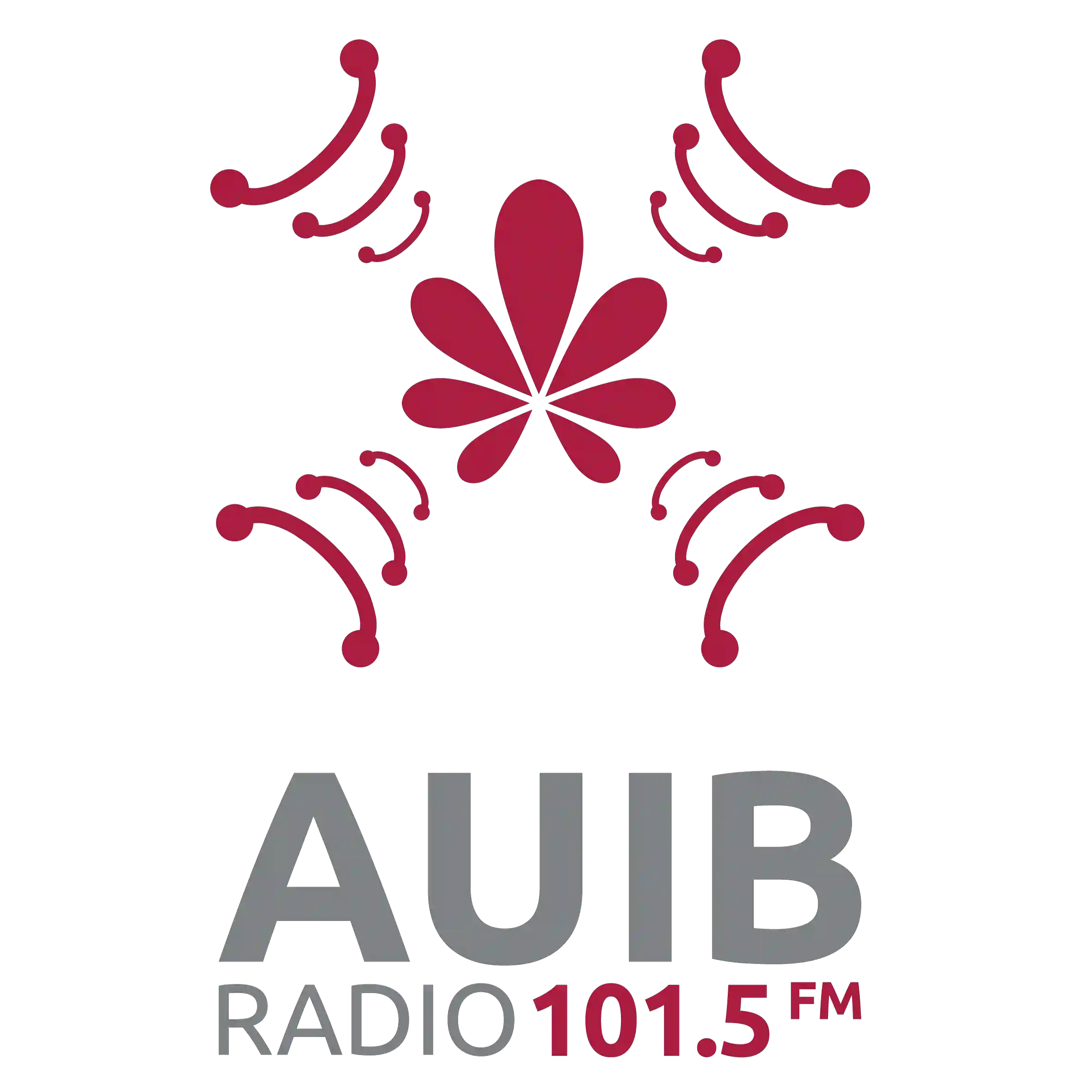

.jpg)
The establishment of this market dates back to the Abbasid era, when Caliph Al-Mustansir Billah established the Rasaafa district of Baghdad and connected it to the Karkh district via a movable bridge, linking them with boats. The market developed around the Mosque of the Caliphs, which was known for its towering minaret, one of the tallest in Baghdad at the time.
Throughout history, the Ghazal Market has been a vibrant hub for the exchange of goods between merchants and visitors, with the types of products offered evolving. Initially a marketplace for wool and spinning, it later became a site for the trade of animals and birds, and today it attracts those interested in heritage and history, offering a blend of the past and the present.
The market sees a large influx of visitors not only from across Iraq but also from other Arab and foreign countries, including China and Qatar, particularly on Fridays when various animals are bought and sold. Hussein Al-Husseini, owner of one of the stores specializing in animals, emphasized the importance of preserving the market's historical identity through improved organization and the expansion of the main street. Meanwhile, Mohammad Ali, another store owner, pointed out the urban development the market has undergone since the royal era and stressed the need for further expansion to maintain its status and reputation, especially given the severe congestion it currently faces.
Many traders remain hopeful that the authorities will place greater focus on preserving the cultural and historical heritage of the market by offering solutions to improve its conditions and expand its capacity to accommodate the growing number of visitors.